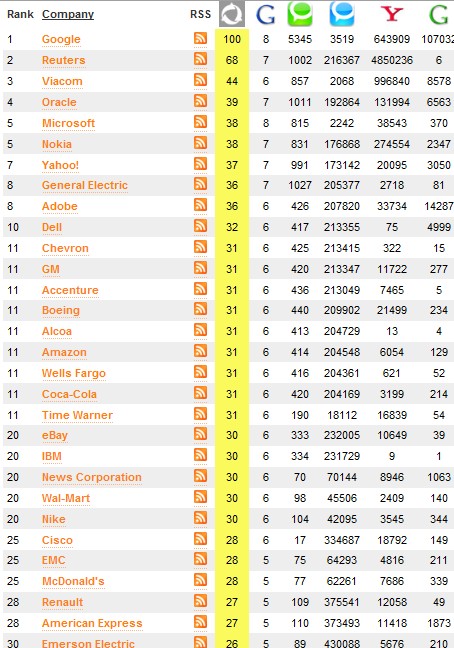 Previously in this series we published:
Previously in this series we published:
1) Lessons 1 – 4: Starting your blogging off on the right foot (2009-06-03)
2) Lessons 5 – 7: Setting the stage – ready – go (2009-06-03)
3) Lessons 8 – 11: Whatever domain, home you choose – beware (2009-07-08)
4) Lessons 12 – 13: Getting the basic SEO issues right (2009-07-08)
Today we release the last two installments of these tips and lessons, the fifth of which can be read here:
5) Lessons 14 – 17: Authenticity and quality are key
In this final post, the focus is on continuous improvement and exceeding good practice.
Lesson 18: No improvement without measurement
It is smart to benchmark but you should not begin until at least six months after the launch of the blog. For instance, we learned about changing our plugins the hard – and smart – way, as outlined in this post: WordPress plugins.
Improvements will only show over time and the first few months following the lessons we outlined in previous posts will bring more traffic. Nevertheless, mistakes happen and your team should learn from each one of them.

To see how well your blog strategy works register your blog here:
My.ComMetrics.com – benchmarking your blog – improve your score – sign-up for FREE
Lesson 19: Benchmark smartly
Some people suggest that regular benchmarking against others provides encouragement – a sort of benevolent peer pressure. While this helps, one of the smartest ways to benchmark is to benchmark against yourself. All things being equal, how much improvement occurred in your blogging between Q1 and Q2 of 2009 will tell you a lot about what works and what doesn’t. Answering this question will provide information that helps adjust and improve performance.
Comparing one’s blog against another similar blog (e.g., company of similar size, same country and industry) is an effective way to benchmark, gain insight and subsequently improve performance (see also social media – benchmarking the smart way – FAQ #2). We will start a new series on this topic next month: Benchmark smartly (first post in September 2009).
Lesson 20: Continuous improvement is key
Our work preparing the FT ComMetrics Blog Index (KISS the blog-bride) has taught us that successful corporate blogs try to continuously improve, which should be a great deal easier if you have addressed the issues covered by Lessons 3 and 4.
By its second year, a corporate blog should be posting regardless of vacations or holidays (see Lesson 14), and the authors should preferably have settled into their stride, yielding more interesting posts for the target-audience.
Improvements might also include new useful features or things that increase the blog’s user-friendliness. For instance, we decided to improve the content by getting professional editorial help – the result is before you: more concise and straight-talking posts …
P.S. – Don’t believe those that try to tell you that a corporate blog will help you make money quickly, since that is almost never the case for businesses (see why social media does not work this way). Nevertheless, remember that blogging is a very important channel for distributing information of value to stakeholders such as employees, customers, suppliers and investors.
Takeaways
- Without measurement improvement is difficult – but make sure you pick smart benchmarks that yield actionable metrics.
Comparing against one’s own and similar blogs makes sense – compare apples to apples.
Improvement takes continuing and diligent efforts – don’t expect wonders in a month but budget at least a quarter and then check your trends.
I will keep it brief, love to dialogue more in the comments. What is your take? Please share.
Pingback: Posts about SEO as of August 13, 2009 | All About WordPress
Pingback: World Economic Forum
Pingback: Urs E. Gattiker
Pingback: Increasing blogging effectiveness: Step 6 | Wordpress News
Pingback: Crystal Hammond
Pingback: Urs E. Gattiker
Pingback: James Kelly
Pingback: World Economic Forum
Pingback: Urs E. Gattiker
Pingback: Very useful links: Trabant to Obama via Copenhagen
Pingback: 3 golden rules for social media marketing